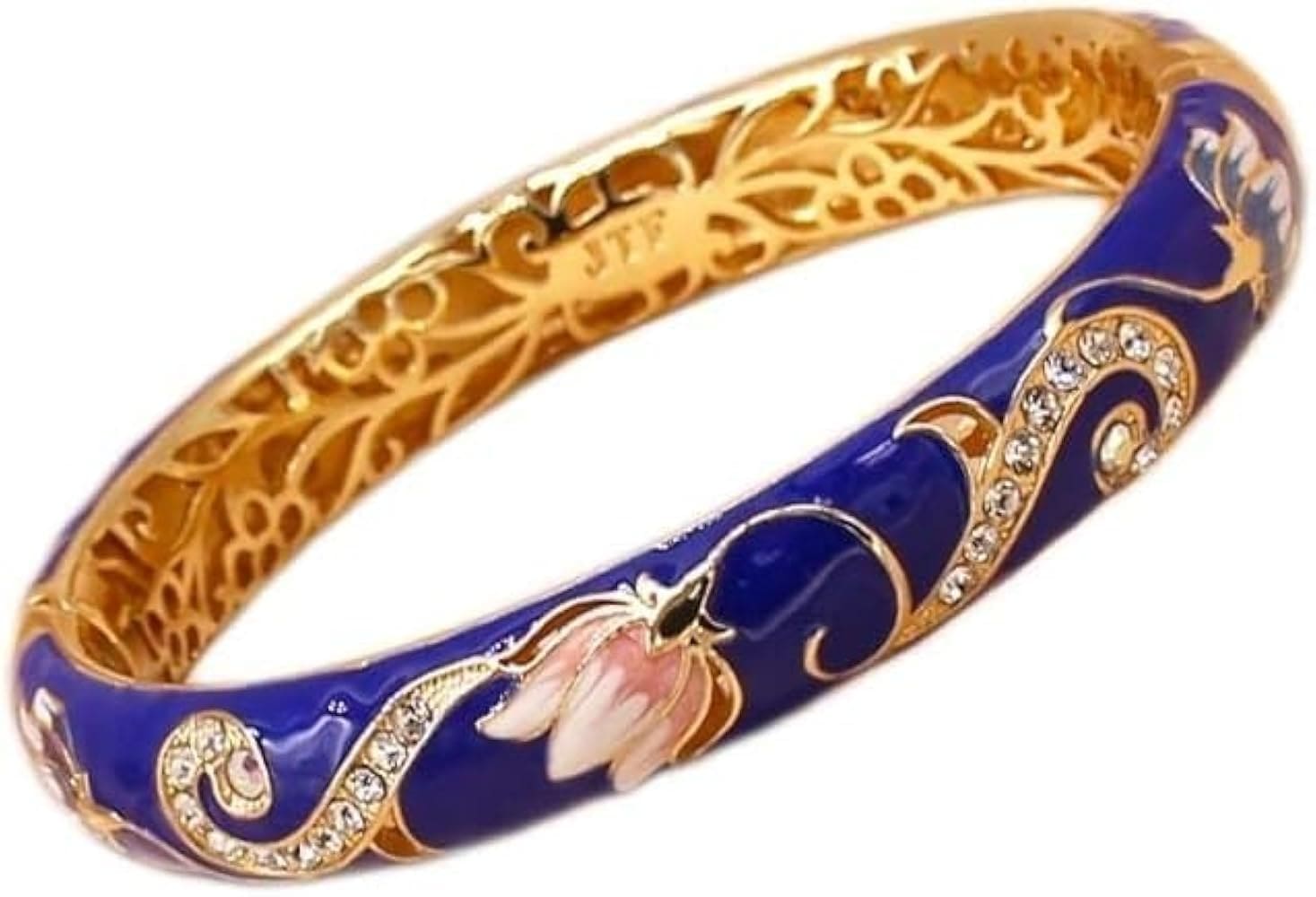A Comprehensive Guide to Enamel Paint: Definition, Characteristics, Types and Uses
As an ancient and vibrant art form, enamel paint has begun to be applied in modern industry. It perfectly combines the crystal clearness of glass with the durability of materials such as metal to create colorful and exquisite works. From jewelry to decorations, from architectural elements to industrial applications, enamel paint is everywhere.
1.Definition of Enamel paint
Enamel paint, as a unique artistic expression, is a glass coating carefully applied to various surfaces, especially metal surfaces. During the production process, fine glass powder is firmly fused to the surface of the object through high-temperature firing. The resulting surface is as smooth as a mirror and shiny. It not only has excellent wear resistance, which can withstand the friction and wear of daily use, but also shows excellent corrosion resistance, and is not easily eroded even in complex environmental conditions. At the same time, its anti-fading properties ensure that the color is long-lasting and will not lose its luster over time.
2.History of Enamel paint
The origin of enamel paint can be traced back to ancient Egypt. As early as the 13th century BC, the exquisite enamel craft had already blossomed on jewelry and decorations. Gradually spread to ancient cultural areas such as Mesopotamia, Greece and Rome. During the Byzantine Empire, the development reached a new height and was widely used in the production of religious icons and precious jewelry, becoming the perfect combination of art and faith of that era.
In the 18th and 19th centuries, the enamel craft ushered in a revival, among which enamel miniature portraits were particularly eye-catching, with its amazing details and high precision, vividly capturing the image of the characters. Until modern times, it is still loved and respected by people.
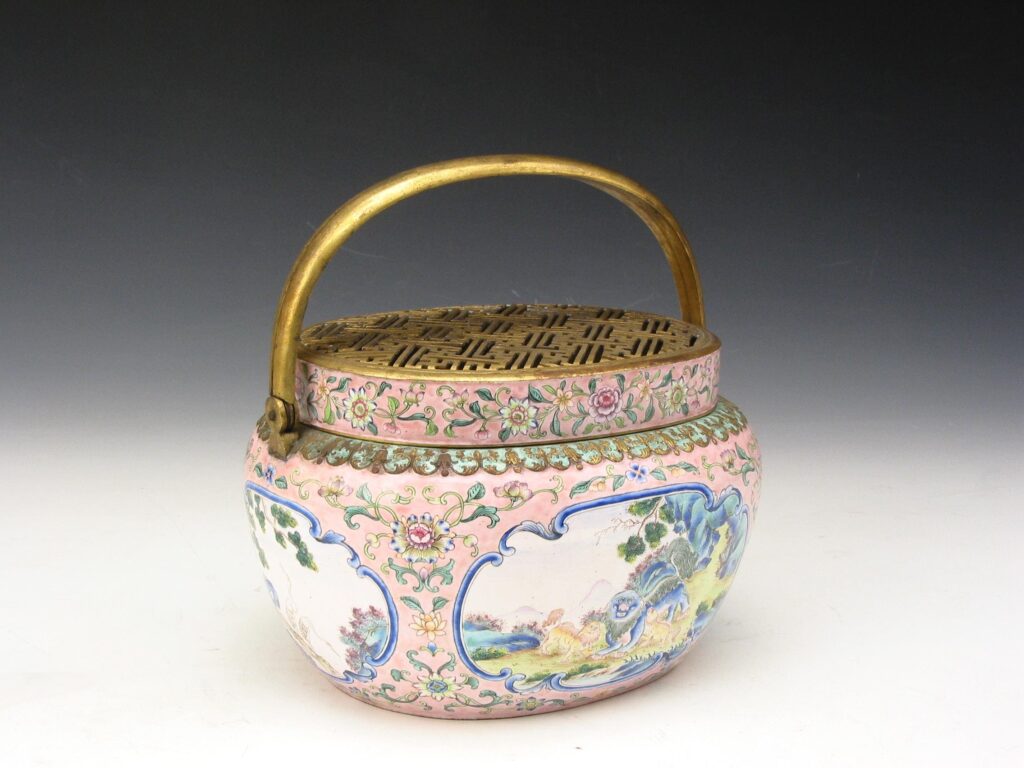
3.Composition of Enamel
It is mainly made of a mixture of various mineral powders such as silica, borax, feldspar and metal oxides. During the production process, these ingredients can be flexibly adjusted according to the specific effects that the creators want to achieve. By cleverly changing the proportions of different minerals and adding specific additives, colorful color changes, delicate and unique texture effects and different degrees of transparency can be achieved.
When this carefully formulated powder mixture is applied to the surface of an object, it is heated at high temperature, and the minerals fuse with each other, eventually forming a smooth glass-like coating that adheres tightly to the substrate. This coating not only gives the object a beautiful appearance, but also provides it with additional protection, making it more durable.
4.Different types of enamel paint
(1) Cloisonné enamel
Filled with fine metal wires to form compartments on the metal surface, filled with enamel to create complex patterns, with obvious raised borders and decorative effects.
(2) Champlevé enamel
Creating recessed areas on the metal surface and filling them with enamel, the metal surface can be etched or engraved to form a design pattern, creating a textured appearance.
(3) Openwork enamel
A translucent enamel process that fills the gaps in a delicate metal frame, like stained glass, allowing light to pass through to create a bright and ethereal effect.
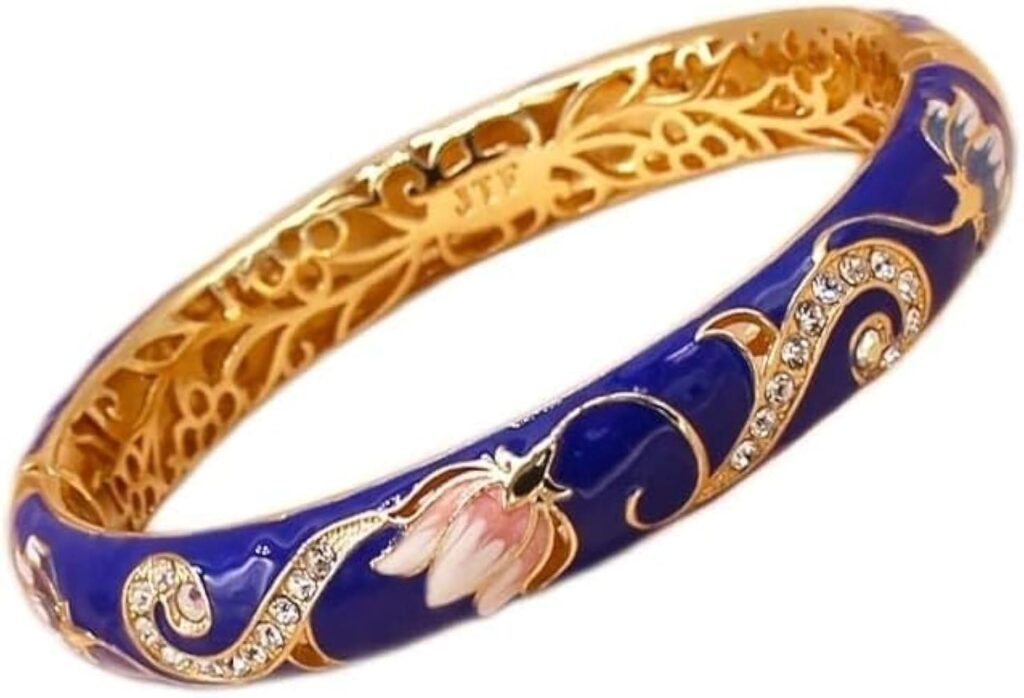
(4) Limoges enamel
Originated in the city of Limoges, France, it is known for its fine details and bright colors, often depicting miniature scenes or portraits.
(5) Bas-relief enamel
A bas-relief pattern is made on the metal surface and coated with transparent enamel. The pattern appears through the translucent enamel, adding depth and texture.
5.Advantages of enamel paint
(1) Versatility
It can be widely used on various surfaces such as metal, ceramics, glass and stone, which greatly expands its application range in the field of art and decoration. Whether it is used to enhance the beauty of metal products or to add unique charm to ceramics and glass, it can play an excellent role.
(2) Chemical resistance
It has strong tolerance to many chemicals. Because of this, it is very suitable for use in the industrial field, such as coating laboratory equipment and chemical storage containers, which can effectively protect these equipment and containers from chemical corrosion.
(3) Bright and not easy to fade
Its pigment composition can produce long-lasting and bright colors, which are not easy to fade or discolor over time. This feature enables it to maintain the color charm of works for a long time in artistic creation, bringing people lasting visual enjoyment.
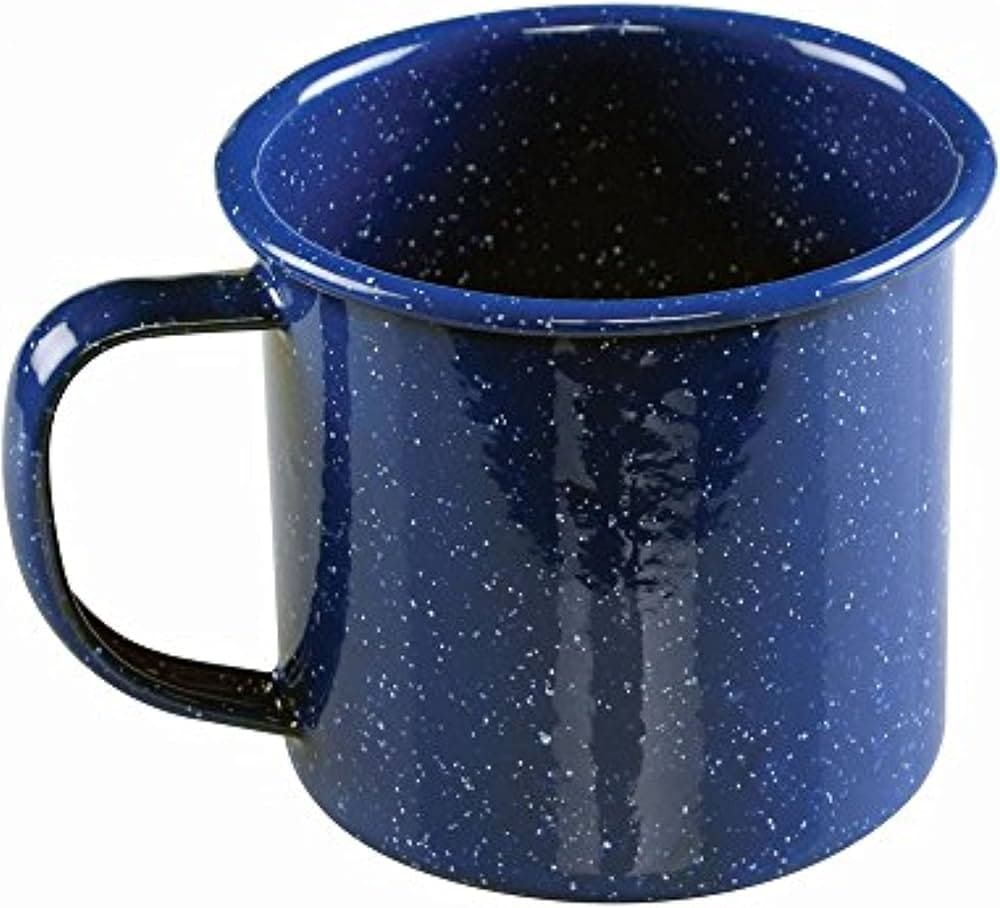
(4) Smooth and glossy
After firing, it will form a smooth glass-like surface that can reflect light, thus adding depth and rich visual interest to the work. Whether in works of art or on practical objects, this smooth and glossy surface can enhance its overall quality and appeal.
(5) Physical impact resistance
It has good physical impact resistance and can resist physical impact and scratches. This makes it a very durable choice, especially for items such as jewelry and cookware that are often subjected to external forces, and can effectively extend the service life of these items.
(6) UV resistance
It has UV resistance and can effectively prevent fading and deterioration in the sun. This feature makes it very suitable for outdoor applications, such as outdoor sculptures, architectural decorations, etc., and can maintain its original color and quality in the sun and rain for a long time.
(7) Combination technology ability
It also has a strong combination technology ability, which can be perfectly combined with other artistic techniques and materials to create unique and multi-dimensional works of art. This feature provides artists with a broad creative space, allowing them to give full play to their creativity and create more colorful works of art.
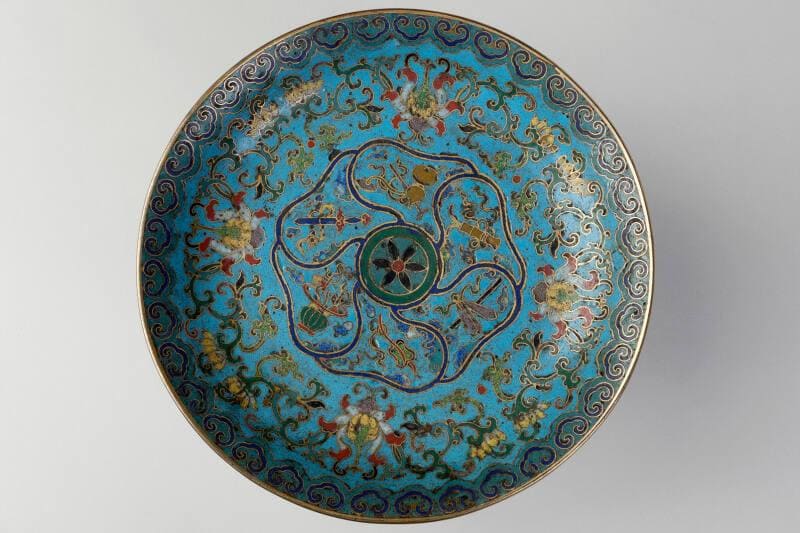
6.Limitations of enamel paint
(1) Fragile
It is easy to break or crack under great impact or pressure, and needs to be handled with care.
(2) Limited flexibility
It may break if bent or flexed too much, which limits it to applications that require flexibility.
(3) Sensitive to thermal shock
It is sensitive to sudden changes in temperature, which may cause cracking or separation from the underlying surface.
(4) Limited size
It is usually applied in thin layers, and larger enamel paint pieces are difficult to make, and may require additional support or specialized techniques.
(5) Time-consuming
The production process is complicated, and each layer needs to be carefully applied and fired, and multiple firings are required to achieve the desired effect.
(6) Limited repair options
It is difficult to repair after damage, and the complex firing process and color matching requirements make repair complicated.
(7) High cost
The material, equipment and labor-intensive characteristics lead to relatively high costs.
7.Uses of enamel paint
(1) Interior and exterior surfaces
Used for indoor and outdoor walls, decorations and other surfaces, providing a durable coating that resists wear, stains and moisture.
(2) Furniture and cabinets
Refurbish furniture and cabinets to create a smooth polished effect.
(3) Metal surfaces
Suitable for metal surfaces, providing corrosion protection and beauty.
(4) Automotive applications
Used for vehicle painting to form a durable and bright coating that resists harsh weather and road debris.
(5) Arts and crafts
A popular choice for artists and craftsmen to achieve artistic expression on a variety of surfaces.
(6) Industrial and commercial applications
Durability and chemical resistance are suitable for industrial and commercial environments, coating machinery, equipment, etc.
(7) Decorative objects
Add color and gloss to decorative objects to enhance visual appeal.
Conclusion
Enamel paint plays an important role in art, decoration, industry and other fields due to its unique characteristics, diverse types and wide applications.
